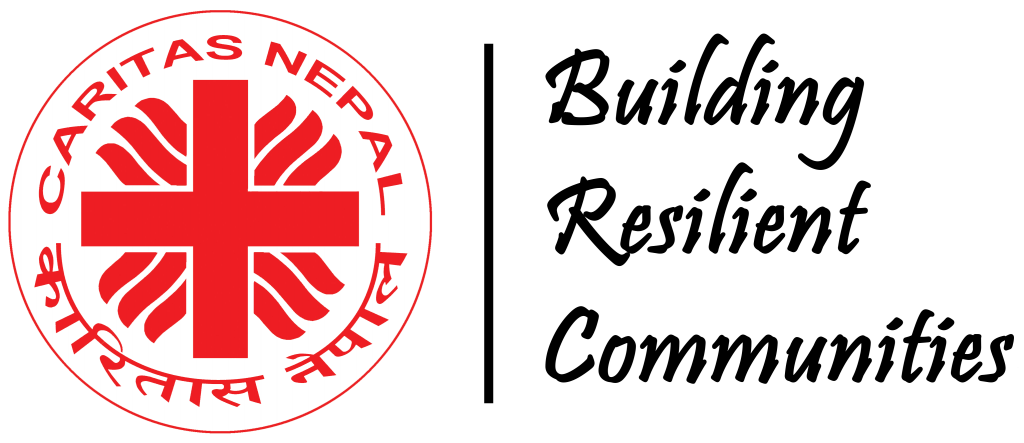
CN was the source of inspiration and support for the teaching/learning materials and school structures at that time. In November 1992, a school management committee was formed named as Bhutan Refugee Education Coordinating Committee (BRECC). CN was the advisory and sponsoring organization. In 1993, UNHCR came forward to support primary education but would not work with refugee organizations directly. BRECC requested CN to be the implementing partner of UNHCR for the education of refugee children. The then existing portfolios of BRECC went under the umbrella of CN and the program was named as Bhutanese Refugee Education Program (BREP). BREP streamlined the school administration and strengthened the office set-up.
With the number of people increasing in camp, the students’ population was also increasing. The nine main schools had limited space for class-rooms. Moreover, the smaller children lacked special care. So, in 1994 sector schools were created as the satellite schools in each sector of the camp, reaching 42 units in 1995. The highest number of students recorded was 40,208 in the 2000-2001 academic session. Involvement of CN in non-formal refugee education Speaking English classes: For the adults aged 25 and above, these classes were informally started and run in 1993 but and later it got proper shape when the third country resettlement program started. Most of the people felt the need to learn English in the country of resettlement. Play station for children: started by AHURA Bhutan and SCF, in 2001, CN looked after with the support from JRS Singapore. Vocational training: The World Food Program-Vocational Training (WFP-VT) was initiated in 1998 for the school drop-outs. Out of the total vocational training, 75 percent of seats were reserved for the refugee community and the remaining 25 percent was for the local community. Later, it was made 50/50. From 2007 with the planning of third country resettlement, UNHCR also came forward and started funding for vocational training. Courses like beautician, hotel catering, housekeeping and caregivers, basic electronic goods servicing and freeze repair are given to the participants. These skills are in demand in the countries of resettlement. Youth Friendly Centers (YFC): A common platform for the youths of 18 to 25 years of age for knowledge enhancement, physical development, creative work, and social service, started in 2006 to centralize their attention and prevent antisocial activities. Different games/sports activities are carried out by the youths. Skill development training, dissemination of information to the community through skits, awareness programs and through personal contacts is being carried out. At the time of emergency like fire/flood, the youths are in the forefront for their free service. Care for the needy through mentor is also carried out by YFC. Host community support program: This platform was initiated to enhance the host community public schools. Support like teaching/learning materials, science lab materials, computers, printers, projectors, generators and different workshops and training to the students and the teachers were provided. With the decreasing number of refugee population and large-scale resettlement process, UNHCR and Caritas’ strategy is diverted to promote alternative durable solutions for the access of education to the remaining refugee children in the camps. As a result of sustained advocacy efforts with local and central level government authorities, a total of 180 refugee students from grade nursery to X from Sanischare camp and around 100 refugee students of grade IX and X from Beldangi camp are enrolled in nearby host community public school from the previous academic session 2018-19. By the end of December 2020, despite a lockdown due to covid, out of 793 (389 Female), 569 students (289 Female), had enrolled in the host community public schools. Textbooks, note books and school uniforms were supported by CN under the UNHCR/Caritas fund for all the school going children by the end of December 2020. After serving for more than two decades in the Bhutanese refugee camp Caritas’ strategy was to promote alternative durable solutions for access to education for remaining refugee children in the camps after the large scale of resettlement till 2016. Caritas along with UNHCR continued its involvement in advocacy to the local and central level government. With the intensive advocacy effort with local and central level government authorities, Bhutanese Refugee students got access to nearby to host community public schools. Upon request from the Camp Management Committee (CMC), Caritas Nepal helped to retain the Early Childhood Development Center (ECDC) inside the refugee camp to maintain a conducive learning environment for small kids (3-5 years of age). With the funding support of Caritas Korea Caritas Nepal is now supporting the ECDC with stationery items, school uniforms, Day meals, etc. and for effective teaching number of workshop has been organized for the teachers/facilitators of ECDC.











